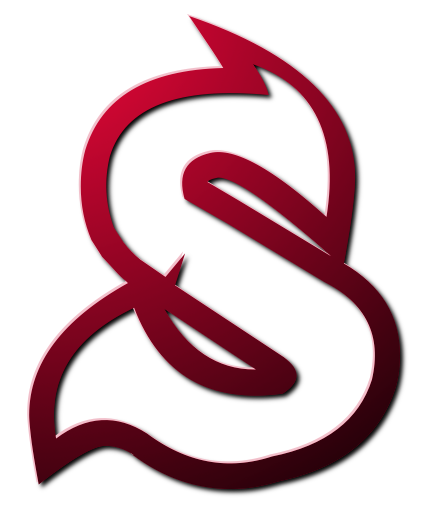I am preparing to install a GT in a heli with four high power servos. The servos can draw significant current if they were to bind in any way. I am not yet certain what they will draw under a hard pitch pump, or other maneuver, but I do understand that this will not be near stall current.
The servos are three Futaba HPS-HC701 cyclic servos, and a HPS-HT700 on the tail.
I do plan on running a receiver pack. The ESC BEC should be able to handle the load, though.
My concern is how much current may be passed through the GT. What I am wondering, is whether to configure an external power buss for the servos. I would run power and ground for the servos from the bus, and the signal lead direct to the GT. Two power and ground runs would be used for the GT from the buss, and the receiver would be powered direct from the GT.
I posted this question on a forum, and received an interesting reply. THe point that was made was in regards to a potential ground loop. I'm not sure about that, but I am concerned that maybe I am not understanding something, or that I may be at more risk for interference.
How much current can the GT supply during spikes? Is an external buss a good idea, a waste of time, space, and weight? Would a buss add risk of interference?
Old Skookum units were mentioned. I had forgotten about those, but that may be what triggered the plan for a power buss...
I appreciate any input.
Power Bus for Servos
GT can handle significantly more current than the servo connector can pass through. So even these servos can be used with no troubles.
So using a power bus has no sense. Current rating is at least 20A continuous and 40A in peaks.
Please note, the most servo connectors can't carry more than 3A continuous current.
Power bus is actually only adding additional place for failures. If there will be 3 servo cables that will carry stable voltage there is no chance to fail.
I would invest rather money to a solid BEC.
So using a power bus has no sense. Current rating is at least 20A continuous and 40A in peaks.
Please note, the most servo connectors can't carry more than 3A continuous current.
Power bus is actually only adding additional place for failures. If there will be 3 servo cables that will carry stable voltage there is no chance to fail.
I would invest rather money to a solid BEC.
Spirit System developer
Thank you for the reply, and information. Seeing that the GT can handle 20A/40A helps a great deal, and makes me think I'm over thinking.
If I remember correctly, the servo connectors are rated 3A continuous, and around 5A spikes.
Supplying power on three connections to the GT, so use the following: CH0, AUX1, AUX 2 from either the BEC or receiver pack. FPORT receiver, TDMX, from RUD.
The BEC available is internal to the HW Platinum Pro V5 150. The specs state 10A continuous, and 30A spikes. 30A seems like a stretch. I am leaning towards a receiver pack, until I can start logging some data.
What would you recommend. Receiver pack, or BEC?
If I remember correctly, the servo connectors are rated 3A continuous, and around 5A spikes.
Supplying power on three connections to the GT, so use the following: CH0, AUX1, AUX 2 from either the BEC or receiver pack. FPORT receiver, TDMX, from RUD.
The BEC available is internal to the HW Platinum Pro V5 150. The specs state 10A continuous, and 30A spikes. 30A seems like a stretch. I am leaning towards a receiver pack, until I can start logging some data.
What would you recommend. Receiver pack, or BEC?
-
curmudgeon
- Posts: 231
- Joined: Thu 01. Oct 2015 15:13:29
Assuming you have a modern ESC with a robust internal BEC, this is a set and forget type of setup with clean wiring.PanzerIV wrote:…What would you recommend. Receiver pack, or BEC?
... absolutely true! just measure the voltage drop in the bec test (bec AND Spirit unit side) - if there should be a big gab (much more drop on Spirit unit side), just replace the stock HW bec cables by real high quality ones (>=0.5mm²) and add a cap/cap buffer and you'll be fine.
cheers
Michael
Michael
